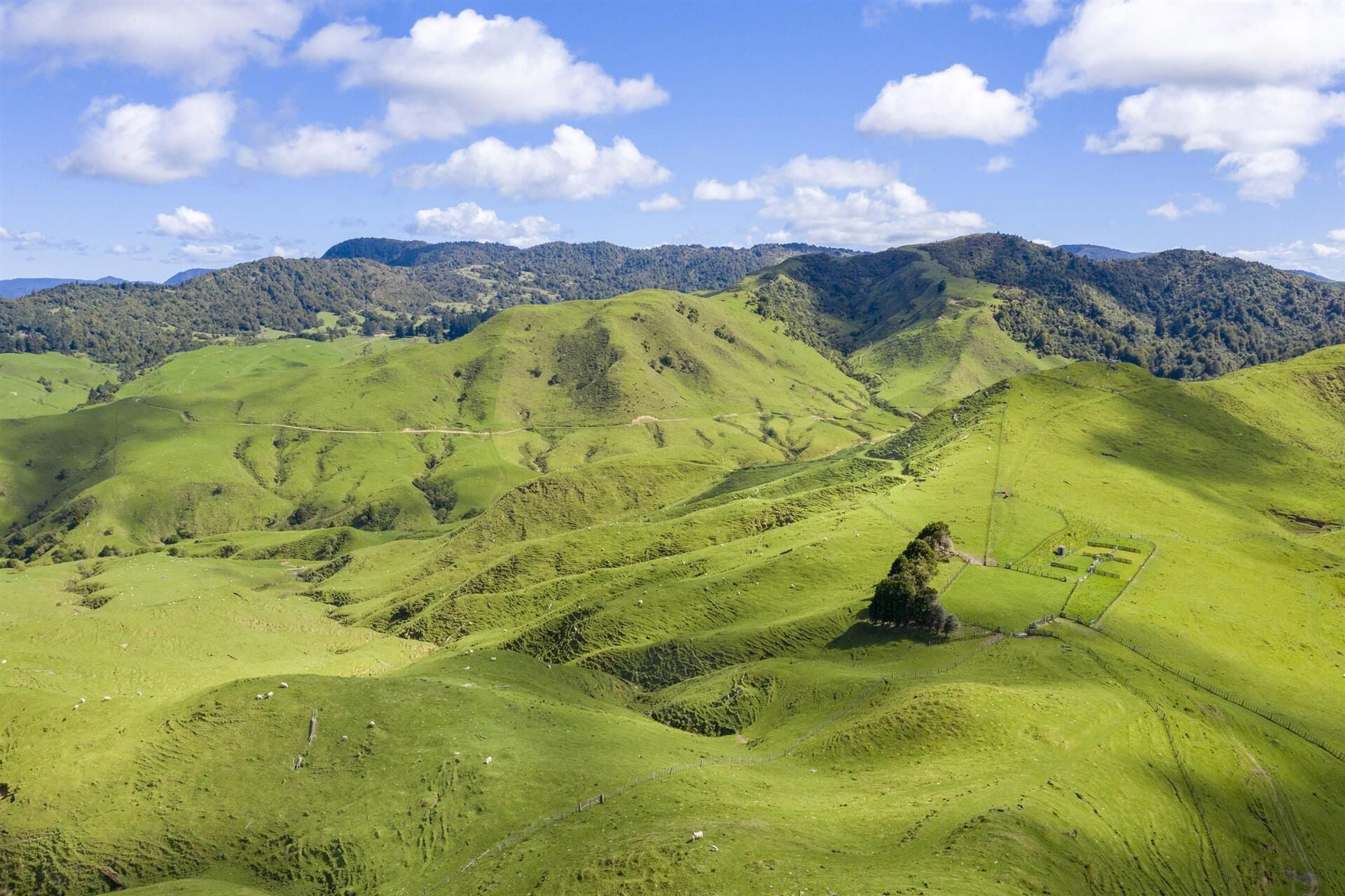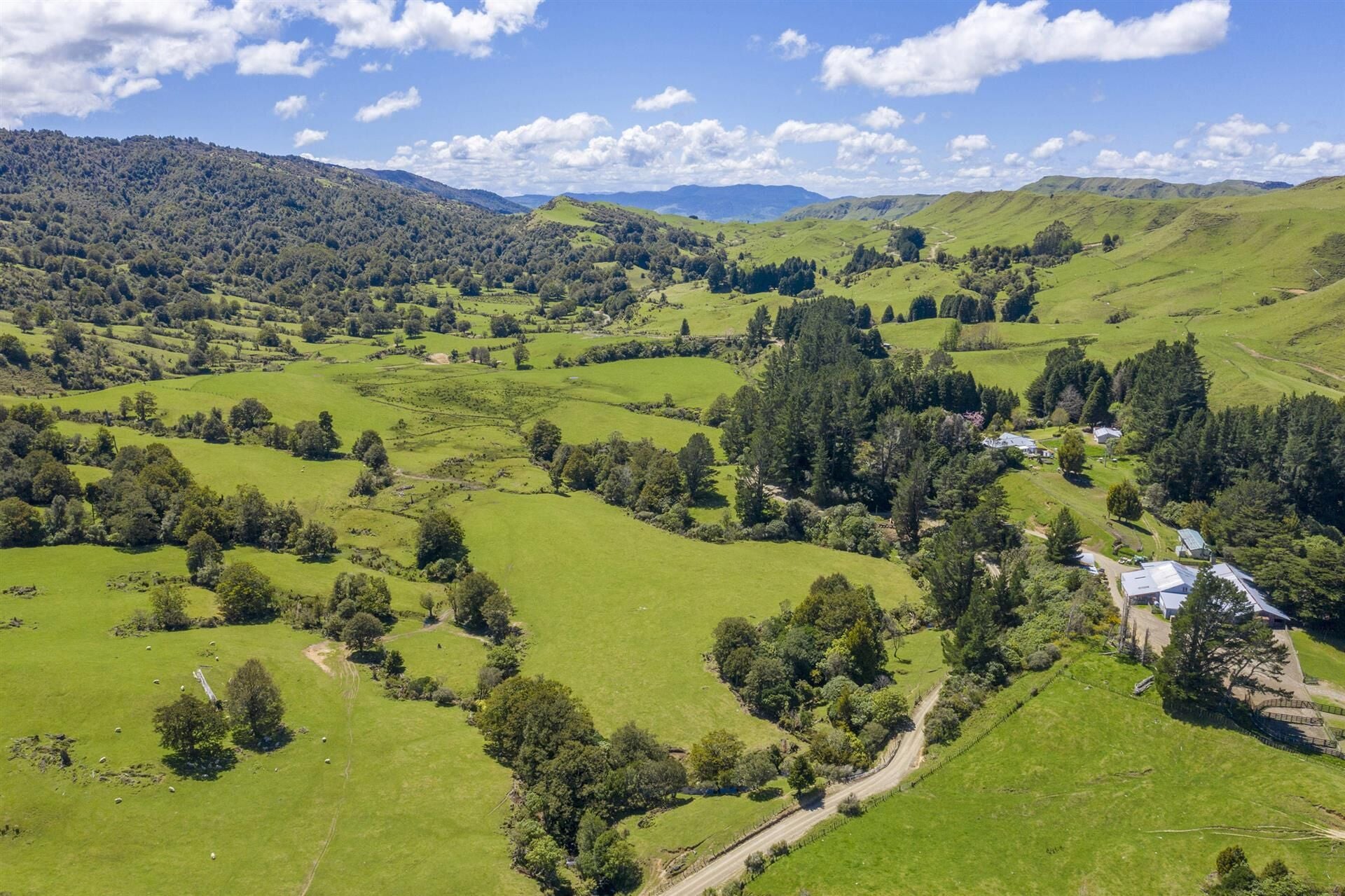Summer’s a safe affair on Matawai property

Nestled in the shadow of the Ureweras, Burnage Station provides an intending purchaser with the opportunity to secure a quality breeding platform in one of the North Island’s premier pastoral districts of Matawai, 70 kilometres from Gisborne.
Burnage Station is being marketed for sale by tender, with the tender process closing on December 12.
With annual rainfall of 1800mm falling relatively evenly throughout the year the Matawai district provides secure summer safe grazing in increasingly unpredictable climatic times, and affords an excellent carrying capacity of almost 10,000su over winter.
Located on Raukauroa Road, the 1354ha station’s stocking capacity is based on a two year average, comprising 1450 ewe hoggets, 1300 two-tooths and 3100 mixed age ewes this year, along with 880 rising five year plus hoggets.
The sheep operation consists of Romdale ewes retaining replacement ewe lambs, and on-selling others as store lambs into the lucrative Gisborne market.
Burnage Station had neighbouring Te Pa station combined with it more than a decade ago, creating a larger scale enterprise that combined with Te Pa’s deer fenced block and additional buildings.
Burnage’s cattle this season include 200 mixed age cows run with 100 rising one year steers and similar numbers of two year steers, taking the sheep to cattle ratio to 70:30. The predominately Angus cattle have replacement heifers retained, with the rest sold into the store market.
With a central block ring fenced with deer fencing and internally subdivided with conventional fences topped with a two-wire electric, purchasers have the opportunity to buy into deer operations if they so desire.
The entire property has 76 main paddocks and 10 holding paddocks with fences repaired and upgraded to a high standard throughout in recent years.
Water supply around the farm is secure through good dams, ample creek access and spring supply. Bayleys Gisborne salesperson Simon Bousfield says Burnage will appeal to farmers seeking robust, reliable breeding country that can fit well with a finishing property on the Gisborne flats.
“The assurance of good summer safe country is a big plus to lock in that stock supply for finishing, and we expect a lot of interest from such farmers in Burnage,” he says.
Access around Burnage is assured regardless of conditions, with well-sited yards and excellent network of farm tracks, all well maintained. Metal roads secure access to all dwellings and woolshed area, and the property’s stable soil types ensure access is guaranteed all year round.
Burnage’s contour extends from 110-hectares of flat country suitable for winter cattle crops and balage in late spring-summer, 640-hectares of medium hill and 350-hecares of steeper hill country. The bush cover country consists of 255-hectares of cut over scrub and the bulk of the property sits under 650-metres above sea level.
The appeal of Burnage extends to its excellent standard of support buildings and dwellings. This includes two woolsheds and covered yards and three sets of satellite sheep yards well placed around the property, along with two sets of cattle yards. The Burnage woolshed can hold 1600 ewes under cover.
Along with assorted barns, and shearers’ quarters, the property has two excellent houses. The main homestead is a large four bedroomed home with two bathrooms and separate lounge-dining area. Set in a well-established garden the home is well sheltered from prevailing winds. The Te Pa dwelling is also a four bedroom home in established grounds and includes a tennis court.
Matawai has a steady fertiliser history, receiving an average of 130 tonne of super a year for the past six seasons. Soil type is a sandstone base with an overlay of Taupo ash, and a smaller area of undulating plateau with Taupo ash over Mamaku ash.
Burnage not only offers good breeding platform options, it is an aesthetically pleasing property that includes 255ha of regenerating native bush backing onto Crown reserve, offering many hunting opportunities.
“The recreational opportunities for hunting at Burnage are immense, with hundreds of hectares of Crown reserve right on your door step,” says Simon Bousfield.
